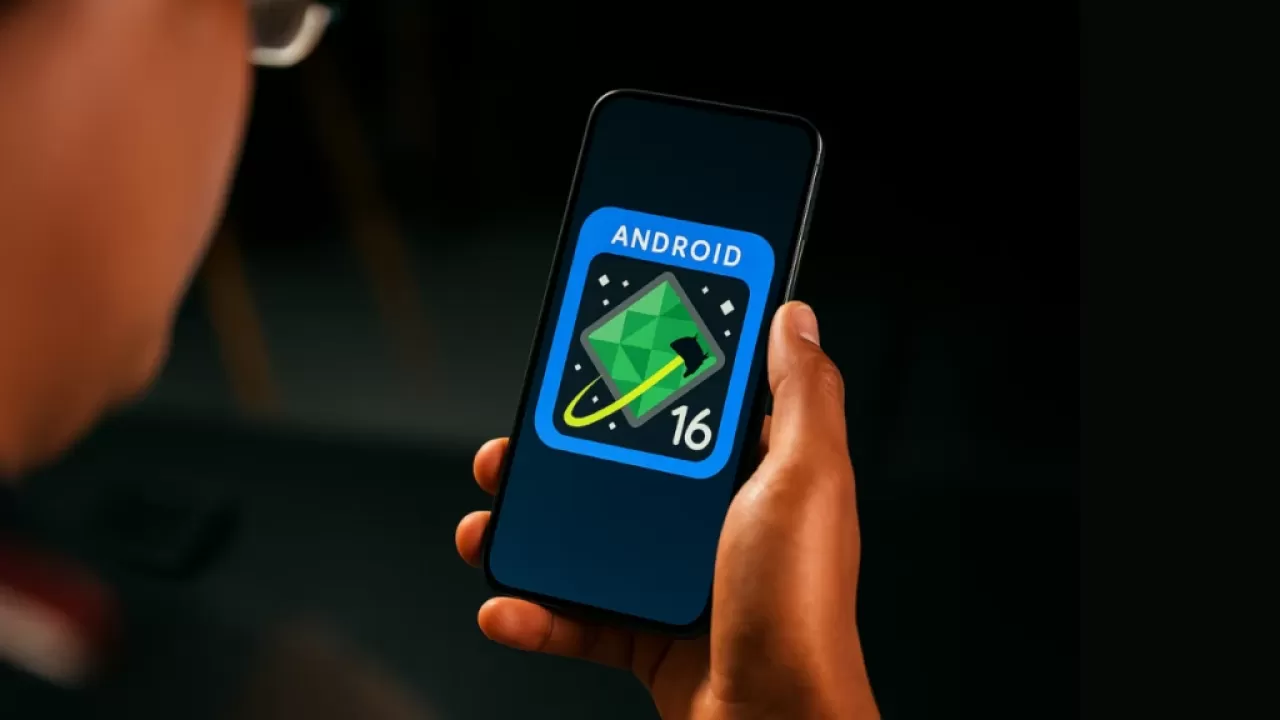Google officially announced Android 16 today and is rolling it out to supported Pixel devices. Other phone brands will also receive Android 16 later this year. Google said that this is the earliest major Android release in the last few years, ensuring that users get the latest updates as quickly as possible. So what’s new?
Android 16 released! Here’s what’s new
Android 16 lays the groundwork for Google’s new Material 3 Expressive design language and introduces features that make Android more accessible and easy to use. One of the most notable innovations of the release is the live notifications system.
You no longer have to constantly open the app to track your food order because live updates provide real-time information. This feature starts with compatible ride-share and food delivery apps.
Google is also reducing the information overload by automatically grouping notifications from a single app. Notifications will now be automatically grouped to look more organized and neat. This change should help users experience less clutter in their notification panel.

For those who use hearing aids, Android 16 brings significant improvements. Current LE audio hearing aids use front-facing microphones for audio input, but since these microphones are designed to pick up the other person’s voice, they don’t pick up the user’s own voice well. With Android 16, you can switch to the phone’s microphone for clearer calls in noisy environments.

Android 16 also adds native control support for hearing aids. You can now control your hearing aid settings, such as volume, directly from your Android phone. This feature provides easier access and a consistent experience.

In terms of security, Android 16 allows you to activate Advanced Protection with a single tap. This system, Google’s most powerful mobile device protection, offers strong protection against online attacks, malicious apps, unsafe websites and fraudulent calls. The system is designed especially for public figures and users who prioritize security.
Android 16 for tablets brings significant productivity improvements. Google has teamed up with Samsung to develop a desktop windowing system that offers a new way to interact with apps on large-screen devices. In addition to single-app and split-screen modes, you can now open, move, and resize multiple app windows on a single screen.
Android 16’s desktop windowing system will be available on compatible devices later this year. It will also feature custom keyboard shortcuts this year, allowing you to create your own shortcut combinations. Taskbar overflow will also provide a simple, visual way to find the app you need when the taskbar is full.

Future updates will bring Android the ability to connect tablets and phones to external displays for an extended desktop experience. Developers can start testing these features starting today.
Android 16 brings a bunch of new features like HDR screenshots, adaptive refresh rate, and identity check. Google also announced additional updates coming today for Android and Pixel devices. More Material 3 Expressive design updates for Android 16 and Wear OS 6 on Pixel devices are coming later this year.













